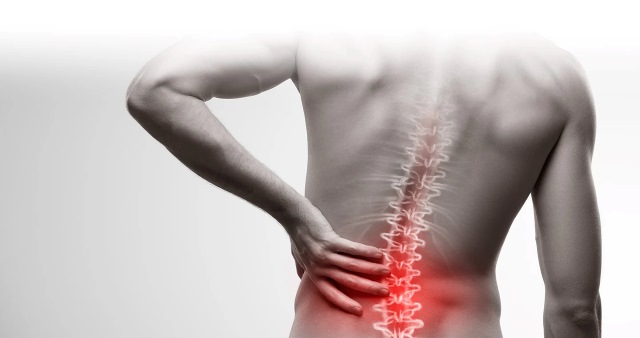Back Pain: How Poor Posture Leads to Pain and What You Can Do About It

Ah, back pain. The universal language of office workers, weekend warriors, and anyone who’s ever hoisted a bag they probably shouldn’t have. It can be a dull ache, a searing spasm, or something in between, but one thing’s for sure: it’s no fun.
The Posture Problem:
But did you know that much of our back pain stems from something we do every day? That’s right, I’m talking about posture. Slouching over our desks, hunching over our phones, and generally treating our spines like overcooked noodles – it all adds up. Poor posture throws our muscles and joints out of whack, leading to tension, pain, and even long-term damage.
The Good News:
The good news is, we can fight back! By improving our posture, we can not only alleviate back pain but also reap a host of other benefits. Think better mood, increased energy, and even a boosted confidence level (standing tall does wonders for the aura!).
Posture 101:
So, how do we achieve this posture nirvana? Here are some key tips:
- Imagine a string pulling you up from the crown of your head. This helps lengthen your spine and keeps your shoulders back.
- Relax your shoulders and roll them back and down. Don’t let them creep up towards your ears!
- Engage your core. Think of your abs as a natural back brace.
- Keep your knees slightly bent and ankles aligned with your knees. Avoid crossing your legs for extended periods.
- Adjust your workspace. Make sure your monitor is at eye level, your keyboard is within reach, and your chair offers good back support.
Beyond the Basics:
But posture isn’t just about standing and sitting like a statue. It’s about incorporating good form into everything we do. Here are some bonus tips:
- Stretch regularly. Tight muscles can pull your posture out of alignment.
- Exercise. A strong core and back muscles support good posture.
- Listen to your body. Take breaks and move around if you start to feel uncomfortable.
Tools of the Trade:
There are also a few tools that can help you on your posture journey:
- Ergonomic chairs and desks. These are designed to support good posture.
- Lumbar support pillows. These can provide extra support for your lower back while sitting.
- Yoga or Pilates classes. These can help you develop core strength and flexibility, both essential for good posture.
Remember:
Improving your posture is a journey, not a destination. There will be setbacks, but the key is to be patient and keep at it. With a little effort, you can ditch the back pain and embrace a healthier, happier you.
Bonus Tip: Did you know that good posture can even make you look taller and slimmer? So there’s that.








